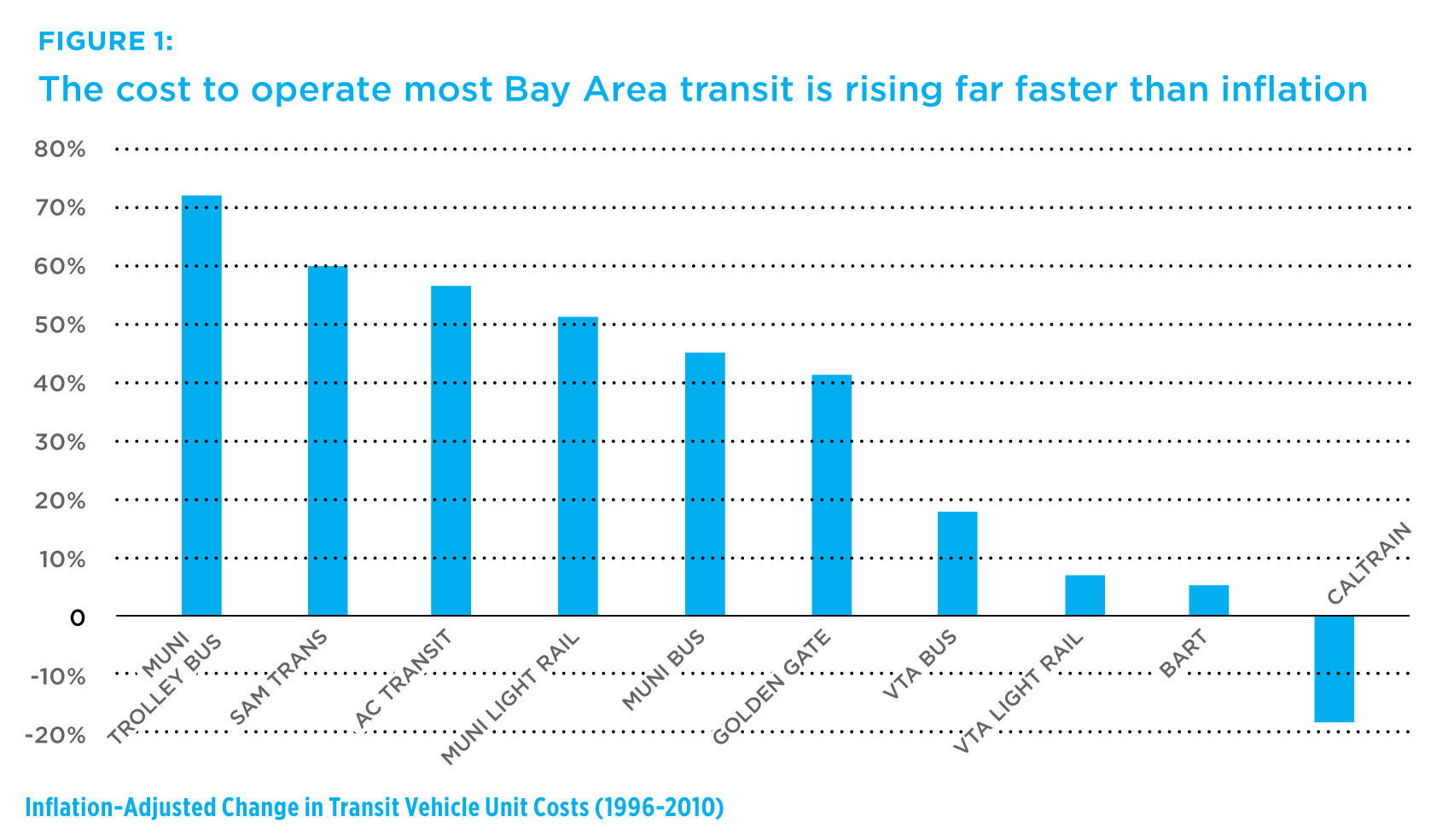 The impending contract vote by Marin Transit later today is extremely important to the future of transit in Marin and Sonoma. Though the final contract offer by GGT is far from perfect, its upsides are greater than its downsides, and is on balance a better deal than splitting Marin's transit offerings even more.
The impending contract vote by Marin Transit later today is extremely important to the future of transit in Marin and Sonoma. Though the final contract offer by GGT is far from perfect, its upsides are greater than its downsides, and is on balance a better deal than splitting Marin's transit offerings even more.
If you haven't been following the saga, Marin Transit (MT) is currently renegotiating its ongoing contract with Golden Gate Transit (GGT). GGT provides local bus service for MT, and MT tell it where to go and pays for it. GGT also provides regional service to San Francisco and the East Bay, operating the commuter routes as well as routes 40, 42, 70, 80, 101, and 101X. However, GGT's current contract is inflexible and expensive. It's inflexible, in that MT needs to notify GGT of service changes more than a year in advance, meaning routes that MT has marked for change won't see change for far longer than even the decision-making process.
The cost to operate one bus for one hour, known as a revenue-hour, is $133, and that cost increases by 5% each year. This price is greater than and increases faster than comparable providers in other regions and even around the Bay Area. MT thinks it can get service for $120 per revenue hour or less.
The cost issue is what prompted the current negotiations. MT is projected to be out of money in less than five years unless its cost structure changes. With an already-expensive service steadily increasing in cost, the current system just isn't sustainable.
The New Contract
Thankfully, nobody wants to keep the current system. While a TAM study showed that cost savings could be realized by switching to another vendor, keeping the two systems together is about cooperation as much as it is about money. With that in mind, GGT gave its final offer to the negotiating team, and it looks like a pretty good deal.
In short, for a 25% reduction in revenue hours, GGT is willing to cut its cost to $120 per revenue hour and cut its annual increase to 2.7%. The revenue hour reduction would give MT the responsibility of finding a new vendor for school service, Routes 19 and 51, and a few hours on Routes 23 and 29, likely the school day service on the former and the Fairfax service on the latter.
The reduction in hours makes a lot of sense. Currently, school service is provided by GGT, but it really doesn't need to be. School buses, while they do have high ridership, are extremely inefficient. They're like commuter service but with a much tighter window of arrival and departure to coincide with school's beginning and ending. It provides a good service, but it's not general transit, which is where MT should be focusing its resources. Finding a cheaper vendor would allow them to do so.
Routes 19 and 51 are slated for changes to their service that will take more than a year to implement under the current contract. By turning over control of the two routes to MT, the service changes can come into effect immediately, benefiting riders in Tiburon and Novato and saving MT money that will come with the improved efficiencies.
The cost cuts, meanwhile, are wonderful news. Though it's unclear whether this increase is before or after inflation, it is a low number either way. Other transit agencies in the Bay Area have seen their costs spike for reasons ranging from pensions to fuel prices. Having costs remain steady and, indeed, below that of comparable agencies, is a fantastic deal for MT and makes planning service changes into the future significantly easier. It also means that, though $120/hour is more than the average for the region, it will increase more slowly and so will not remain above average forever.
But if MT does pursue other options, it won't be the end of the world for the agency. More money will be available to expand local transit options, and scheduling contacts will likely remain intact. GGT could focus on its core mission of providing regional service to the North Bay, while MT could focus on its core to provide regional service to Marin. In the end, Marin's transit network would look more like Sonoma's, with its overlapping service, and less like San Francisco's, with its unified Muni network. Though I'd rather see the latter than the former, with cooperation and leadership even fractured networks can be fruitful.
MT General Manager David Rzepinski thinks this GGT's final offer is the right one to take for his agency and the county, and I'm inclined to agree. If MT dumps GGT, that will add what looks like a third transit agency to Marin (MT, Stagecoach, and GGT), and SMART will make four. Such fragmentation would be bad for Marin and bad for the region, putting lines between services that ought not be there.
In the end, MT should take the deal from GGT. They're expensive but provide top-quality service and seamless integration with MT's local routes. Lowering the cost per revenue hour makes it affordable, and lowering the rate of cost growth makes it affordable for the future as well. The MT meeting starts at 10am.
UPDATE: Marin Transit unanimously approved the four-year contract, calling it a stop-gap measure. It plans to revisit the contract in two years.














